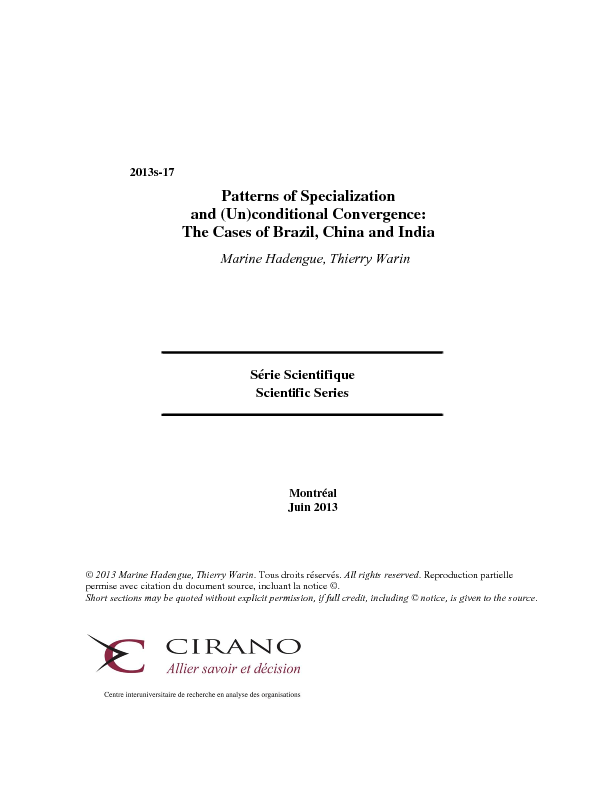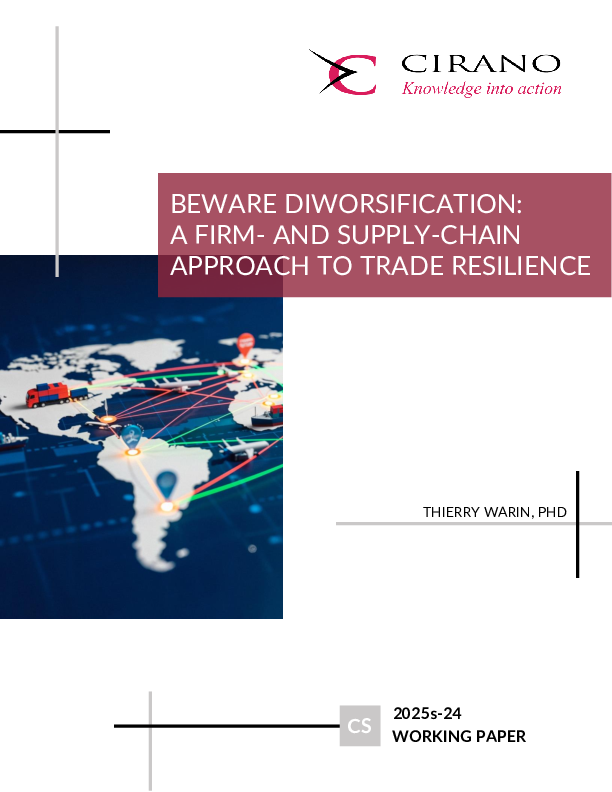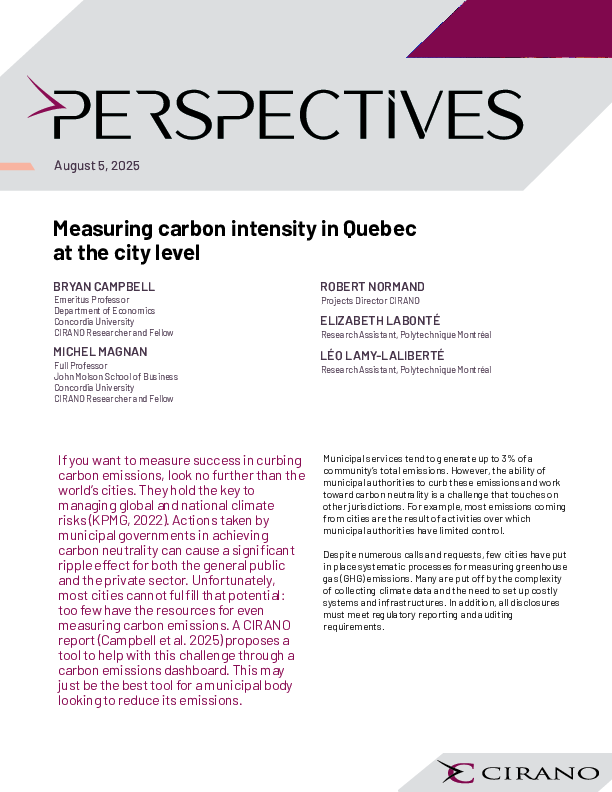Patterns of Specialization and (Un)conditional Convergence: The Cases of Brazil, China and India
The purpose of this paper is to highlight a version of the Balassa-Samuelson effect for emerging countries with a new dataset. More than the catching-up effect, we will measure the convergence for three emerging countries: Brazil/China/India. We will compare the convergence between these countries and the productivity frontier represented by the U.S. over the past 10 years. A first contribution is that as the distance between the level of labor productivity in Brazil (China, India) and the United States decreases, the growth rate of labor productivity within the country decreases. In other words, the higher the level of productivity in an industry, the lower its growth rate, showing a convergence to the productivity frontier. A second contribution is that there is unconditional convergence as measured at the industry level.
[ - ]




